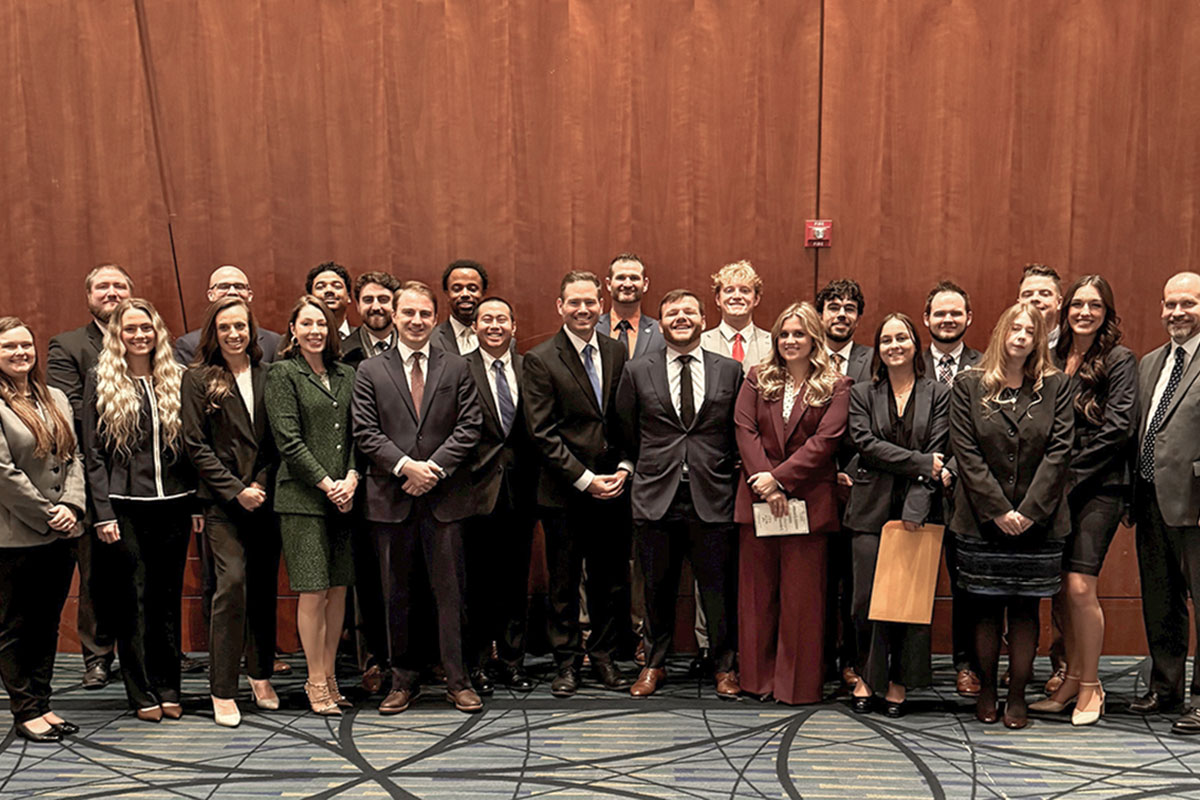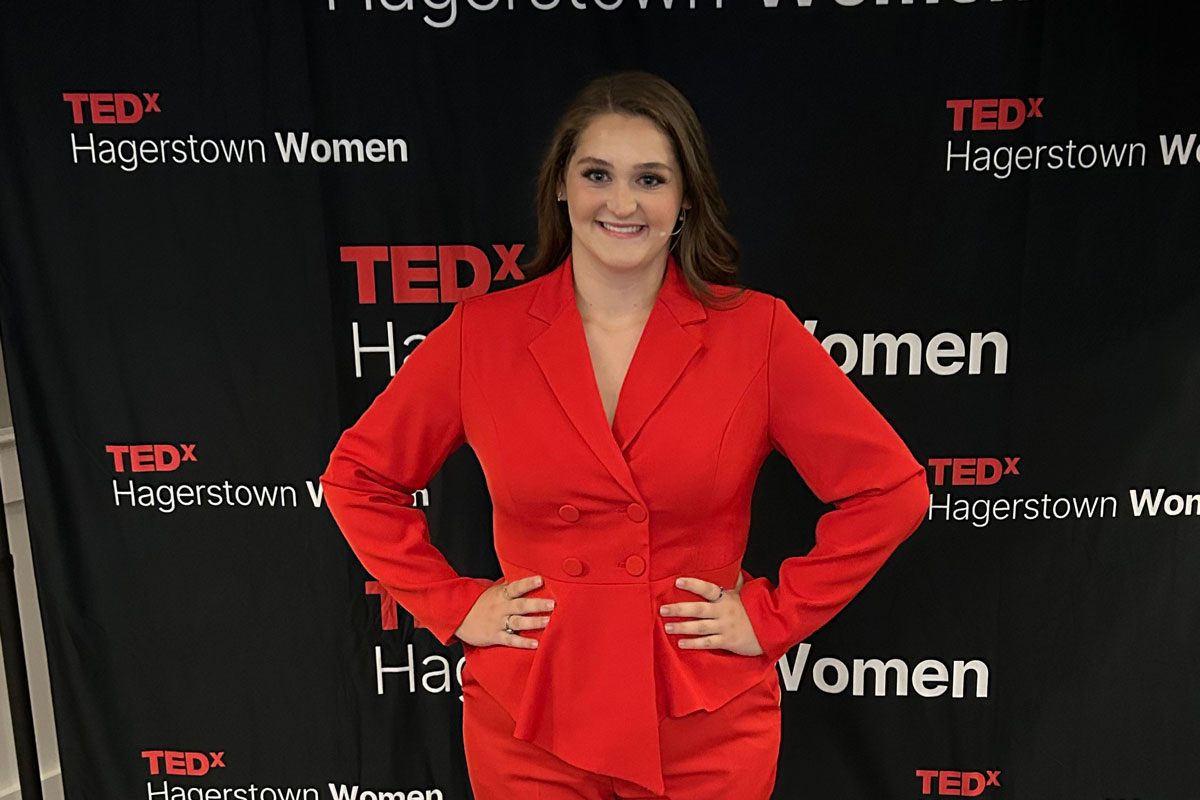Top creation science astronomer inspires Liberty students to study the stars
September 19, 2025 : By Ryan Klinker - Office of Communications & Public Engagement
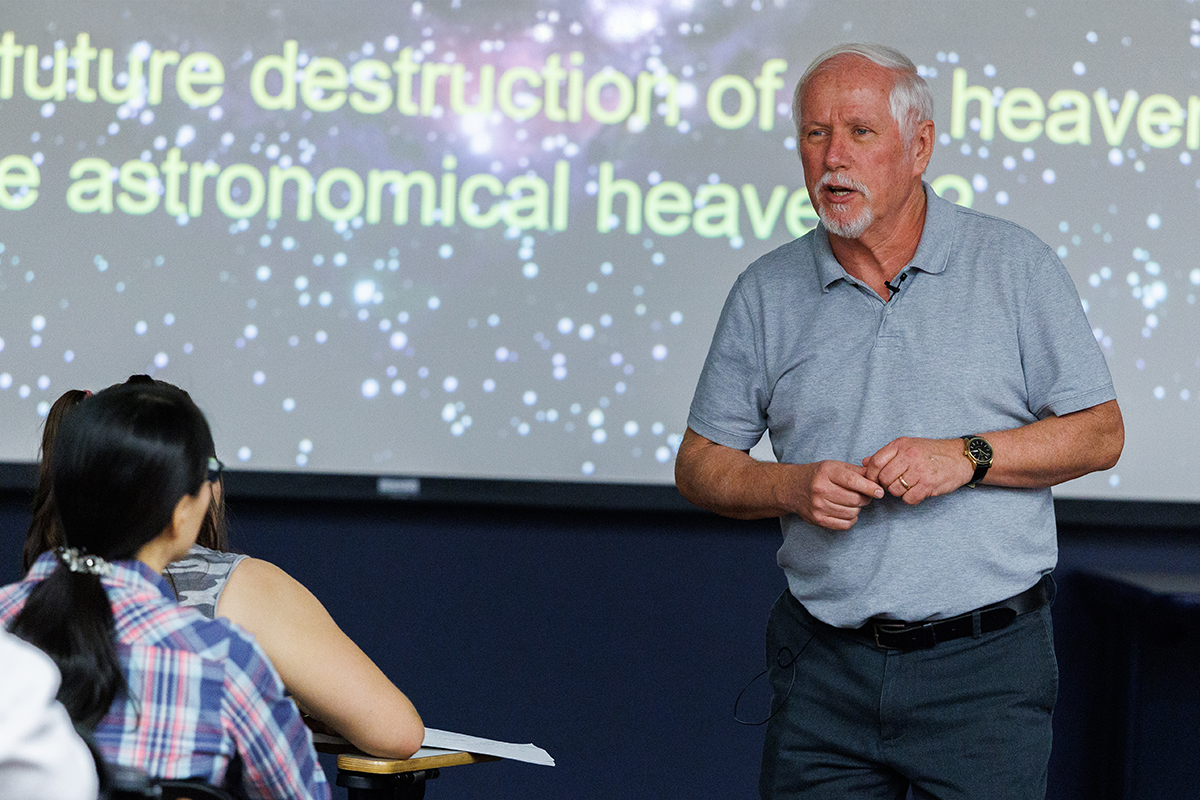
Liberty University students and faculty have been able to glean from leading creation scientist Dr. Danny Faulkner this week, as he stirred an interest in studying God’s glimmering creation among the student body through class lectures and visits to Liberty’s Astronomical Observatory.
Faulkner has worked as a researcher, author, and speaker for Answers in Genesis for 12 years. He hosts Ark Encounter trips to Red River Gorge in eastern Kentucky, and Astronomy Live programs and “The Skies Proclaim His Handiwork” workshops at the Creation Museum. Faulkner taught physics and astronomy at the University of South Carolina Lancaster for over 26 years and has published over 100 papers in various journals. He holds an M.S. in physics from Clemson University and an M.A. and Ph.D. in astronomy from Indiana University.
The primary reason for Faulkner’s visit was to help jump-start astronomical research using the observatory’s 24-inch DFM Engineering telescope, the largest research telescope at any Christian university and, in Faulkner’s words, “the only research-grade telescope and instrumentation in the hands of a creationary organization.” He was invited by Dr. Mark Horstemeyer, Distinguished Professor for the School of Engineering, and Dr. Roger Schultz, dean of the College of Arts & Sciences and the Honors College.
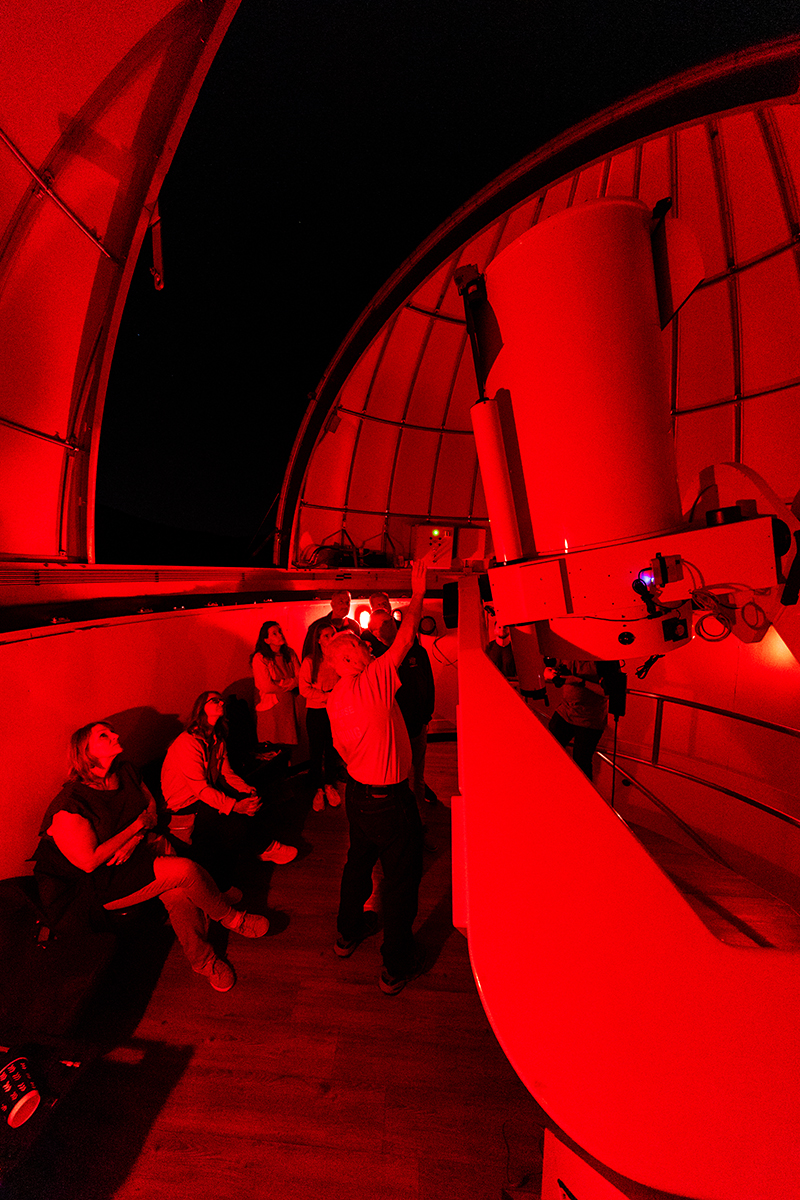
“The telescope up at the observatory is a research-quality telescope that is all set to be used for publishable research, and since I have over 45 years of experience doing research using similar systems, (Horstemeyer and Schultz) asked me to come help get things started.”
“Dr. Faulkner is the world’s top creation science astronomist,” Horstemeyer said. “We are very pleased to have him on Liberty’s campus to speak to our students, to train our researchers about the telescope at the observatory on Liberty Mountain, and to collaborate with our research scientists at Liberty.”
On Thursday night, Faulkner met with honors students and university administrators at the observatory to demonstrate how to use the telescope for astrophotography research.
Earlier in the week, Faulkner addressed honors students at Monday’s Honors Convocation in the Center for Music and the Worship Arts, Concert Hall, and gave a short presentation to Professor of Biology Dr. Timothy Brophy’s Creation Studies class on Tuesday morning, where he analyzed the physics and astronomy aspects of creation and theories of how Adam was able to see stars from lightyears away two days after the stars were created. Afterward, he held a Q&A session, answering questions ranging from how the universe has possibly expanded since it was created, how God created the vast universe for His glory, and various theories active in his field.
“It was an honor for the Center for Creation Studies to co-sponsor Dr. Faulkner’s visit this week,” said Brophy, who is the director of the Center for Creation Studies. “His contributions to our History of Life class (CRST 290) were invaluable. It was both affirming and clarifying for our students to hear from a leading expert on many of astronomical topics we’ve discussed this semester.”
“Dr. Faulkner was also a tremendous help to the College of Arts & Sciences and the Astronomical Observatory, as he gave advice and guidance regarding our research-grade telescope,” Brophy added. “His guidance will hopefully lead to high-quality research projects and publications from both our students and faculty.”
In his interactions with Liberty students, Faulkner said he saw a hunger for knowledge about creation science.
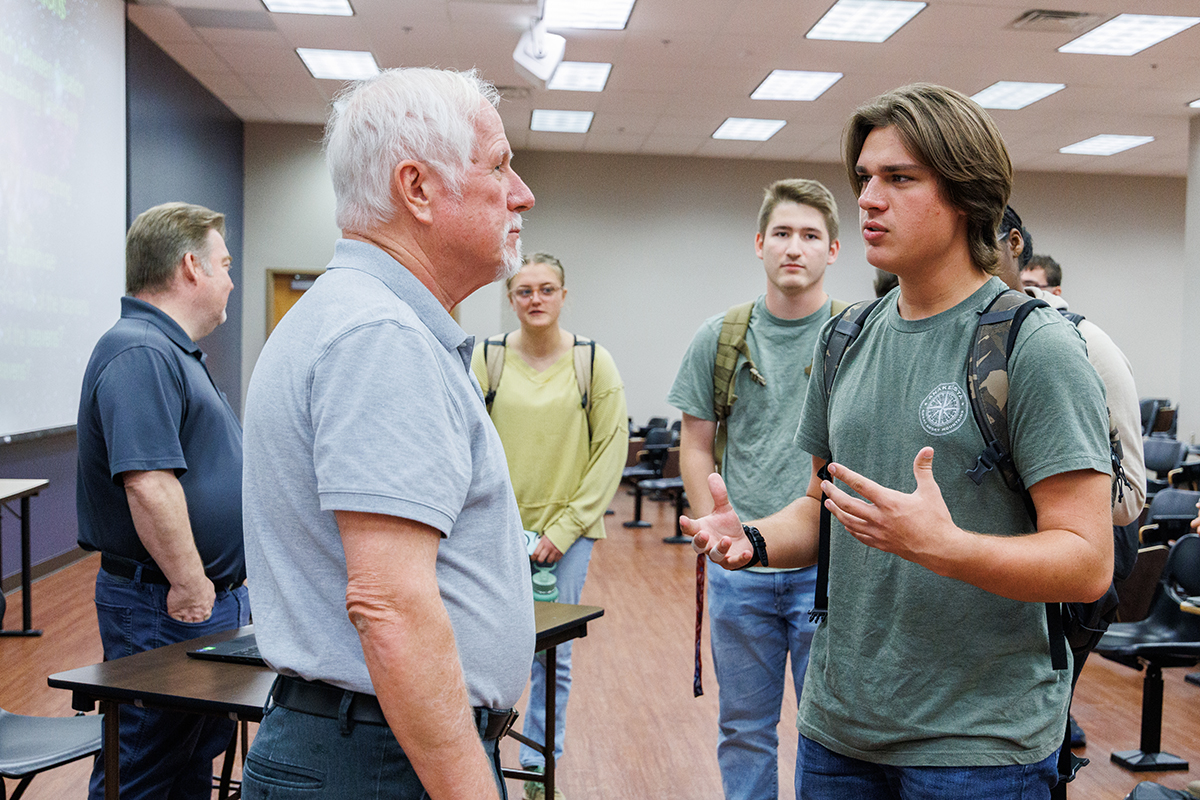
“I’ve had a number of students come up to me after I’ve spoken to talk more and ask questions,” he said. “I’ve interacted with a lot of honors students, so it’s no surprise that they were very motivated and asked very good questions. I believe they are excited about what’s to come with what we’re starting here.”
The Astronomical Observatory is located on Liberty Mountain, a few miles from campus, next to the Liberty University Equestrian Center. For more information, including hours of operation, visit the observatory website.
